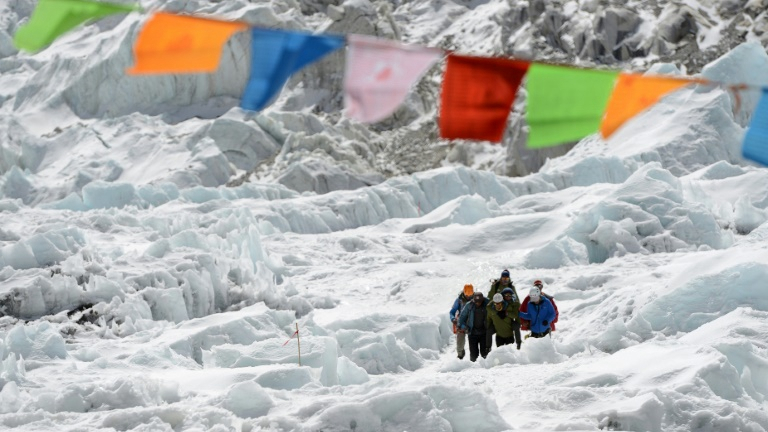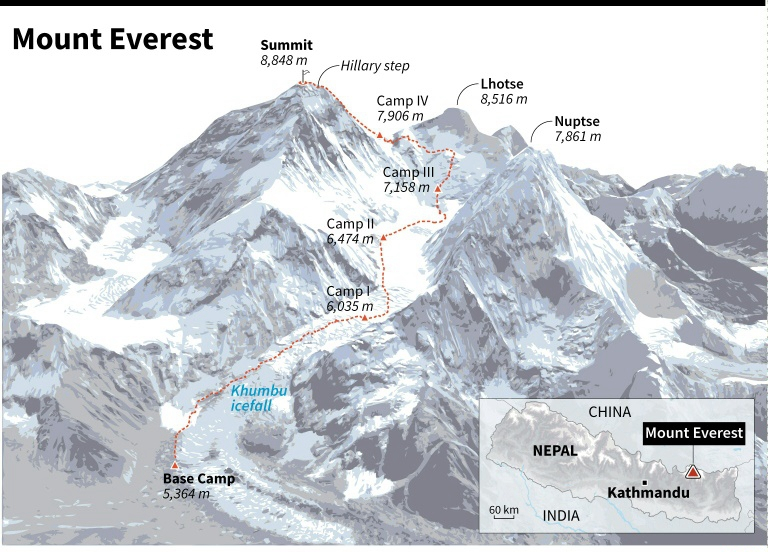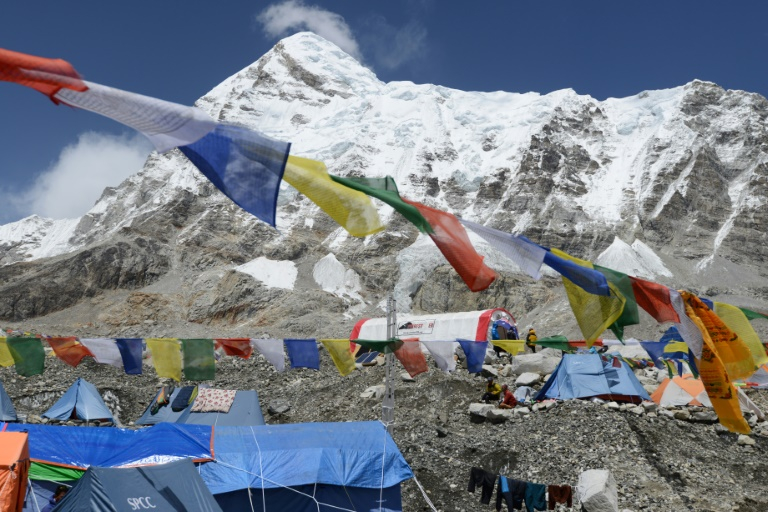
Travel
16:46, 28-Jun-2018
'Unnecessary rescues' soar in Nepal to profit on insurance
Updated
16:26, 01-Jul-2018
CGTN

Tourists hiking in Nepal's Mount Chomolungma are being pressured into costly helicopter evacuations at the first sight of trouble by guides linked to powerful brokers who are making a fortune on "unnecessary rescues", industry insiders say.
Dodgy operators are scamming tens of thousands of dollars from insurance companies by making multiple claims for a single chopper ride or pushing trekkers to accept airlifts for minor illnesses, an investigation by AFP has revealed.
In other cases, trekking guides, promised commission if they get tourists to return by chopper, are offering helicopter rides to tired hikers as a quick way home, but billing them as rescues to insurance companies.
The practice is so rampant helicopter pilots are reporting "rescuing" tourists who appear in perfectly fine health.

Mount Chomolungma. /AFP Photo
Mount Chomolungma. /AFP Photo
"It's a racket that's tantamount to fraud, and it's happening on a large scale throughout Nepal," said Jonathan Bancroft of UK-based Traveler Assist, which carries out medical evacuations in Nepal on behalf of global travel insurance companies.
Trekking outfits stand to make more in kickbacks from evacuating a hiker by helicopter than the cost of the trek itself, contributing to an alarming rise in rescues from Nepal's biggest tourist attraction: the fabled Mount Everest.
Traveler Assist said 2017 was the most expensive year on record for travel insurance companies covering tourists in Nepal due to a startling number of helicopter rescues – though this year is on track to beat it.
There is no centralized dispatch center for helicopter flights in Nepal making it difficult to know precisely how many evacuations are carried out.

Mount Everest. /AFP Photo
Mount Everest. /AFP Photo
But over the past six years the skies of the Everest region have turned into a helicopter highway, with a six-fold increase in the number of choppers in the air, each logging over 1,000 flying hours per year, according to industry data.
"We used to see maybe one helicopter in two or three days. Now we are seeing 10 or so in a day," said Thanishwar Bhandari, who works as a small clinic in the Everest region.
Meanwhile, one foreign pilot, who requested anonymity, said he rescued trekkers on a near daily basis in April and May this year, peak trekking season.
"I think I took three people the whole season who appeared genuinely ill," he told AFP.
Source(s): AFP

SITEMAP
Copyright © 2018 CGTN. Beijing ICP prepared NO.16065310-3
Copyright © 2018 CGTN. Beijing ICP prepared NO.16065310-3